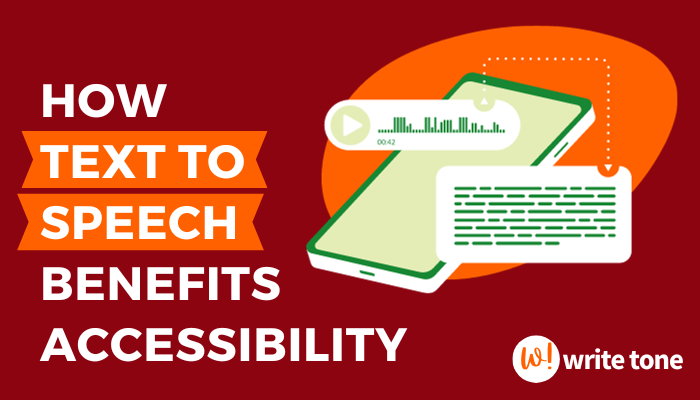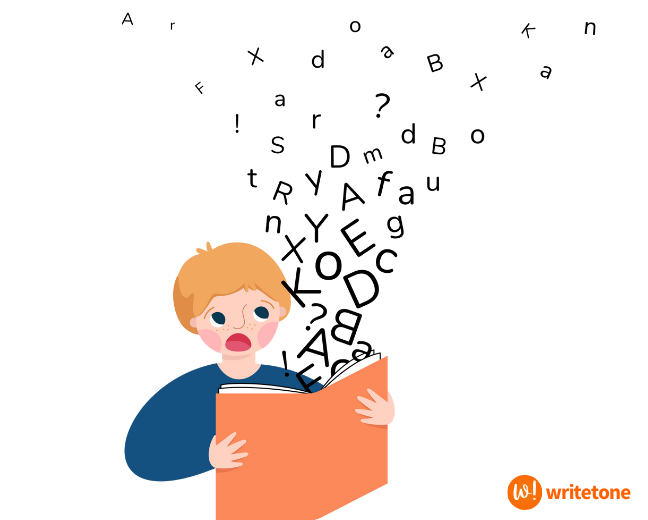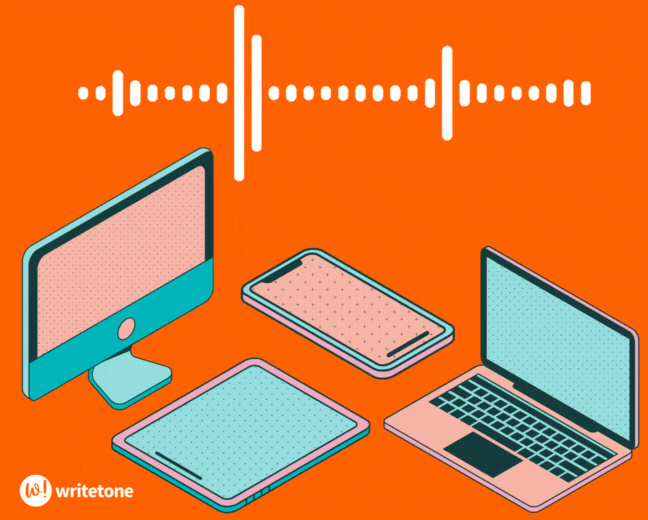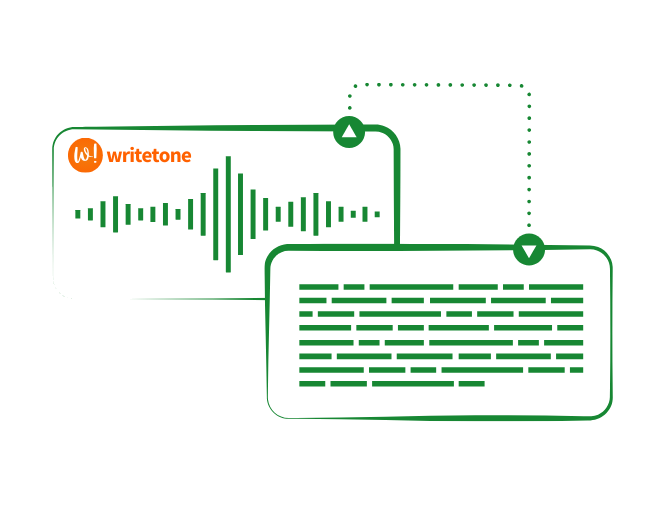How Text to Voice Benefits Accessibility

Nowadays, there's a lot of information available thanks to the digital age. But not everyone can access it easily. People with visual impairments or trouble reading might struggle to read text on screens or pages.

That's where text-to-voice technology comes in. It helps make things more accessible for those individuals. In this blog post, we'll discuss how text to voice technology improves accessibility for people with visual impairments and reading difficulties.

Text to voice also known as TTS (text-to-speech) technology is a type of assistive technology that converts digital text into audio speech. This technology can be used to make written content more accessible to people who are visually impaired, have reading difficulties, or have other disabilities that make it difficult to read.
Empowering the Visually Impaired
Visual impairment is a significant challenge for millions of people worldwide. Traditional written content, such as books, websites, or documents, can be inaccessible to those with visual impairments.

Text-to-speech technology helps by providing an audio version of the content. Screen readers and Text-to-speech software are commonly used tools for this. These tools convert digital text into clear, natural speech, allowing visually impaired individuals to easily access information, literature, and online resources.
| Try Free Text-to-Speech Convertor now! >
Easier Learning and Education
Everyone has the right to access education and learning resources. Text to speech technology makes educational content accessible to students with reading difficulties or learning disabilities.
For Example:Audiobooks offer an alternative to printed books, so students can listen to required readings. Additionally, text to speech technology on e-learning platforms helps students absorb information more effectively.
Making the Internet More Accessible
The internet is a great source of information, but much of it is text based. This can be a problem for people with visual impairments, who cannot read text on a screen.
However, screen readers and text to voice browsers allow web content to be transformed into speech, making websites, online articles, and emails accessible. This inclusion is essential for social participation, education, employment, and more.

Assistive Technology
Text to voice technology is not limited to screen readers. It's integrated into a wide range of assistive devices, such as smartphones, tablets, and wearable tech. These devices enable differently abled individuals to communicate, access information, and navigate their surroundings more independently.
Customization and Personalization
Text to speech technology can be customized to suit individual preferences. Users can adjust the speaking rate, voice, and other settings to make their reading experience more comfortable. This personalization makes the technology even more effective for people with different needs.
How Writetone can help?
Writetone is an AI-powered writing tool assistant that can help you to set the right tone for your text and also has a feature of text to speech converter. This makes it a valuable tool for creating accessible content.
To use Writetone to create accessible content, simply follow these steps:- ⤷ Go to Writetone.
- ⤷ From the side navigation panel, choose 'Text to Voice' feature.
- ⤷ Write or paste your text in the text box.
- ⤷ Select your desired voice and click 'Convert'.
- ⤷ Click the play button to listen to a preview of the audio.
- ⤷ You can download the audio by clicking on the ‘download’ button or click on more options and choose download.
Conclusion
Text to voice technology is a gamechanger for accessibility. It empowers individuals with visual impairments and those with reading difficulties, granting them equal access to information and opportunities. As technology continues to advance, we can expect even more innovation in the realm of text to voice, further expanding the horizons of accessibility. In a world where information is key, text to voice technology ensures that no one is left behind in the pursuit of knowledge and engagement with the digital world.